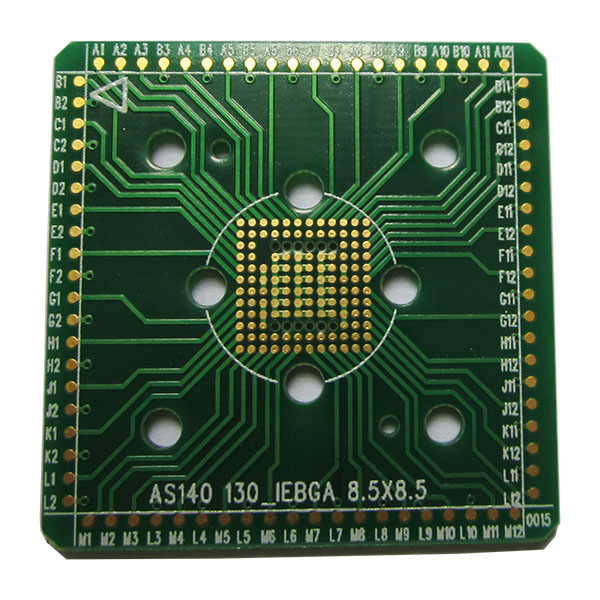Considering the extra manufacturing cost and time for via-in-pad routing, if you prioritize speed over size reduction for your boards, then you should explore an alternative for your SMD routing and apply techniques to reduce manufacturing time for via routing. Instead of via-in-pad routing, you may opt to use vias between pads, which require more space. You may also consider capping or plugging the vias during fabrication, which will reduce the temperature impact within the via during assembly. However, the caps must be flat for proper SMD placement. Finally, instead of using a through hole, you may choose to use micro-vias, which don’t penetrate the entire board. However, if none of these alternatives suffice and size reduction remains your overriding concern, choose a manufacturer capable of optimizing your board size with via-in-pad routing.
